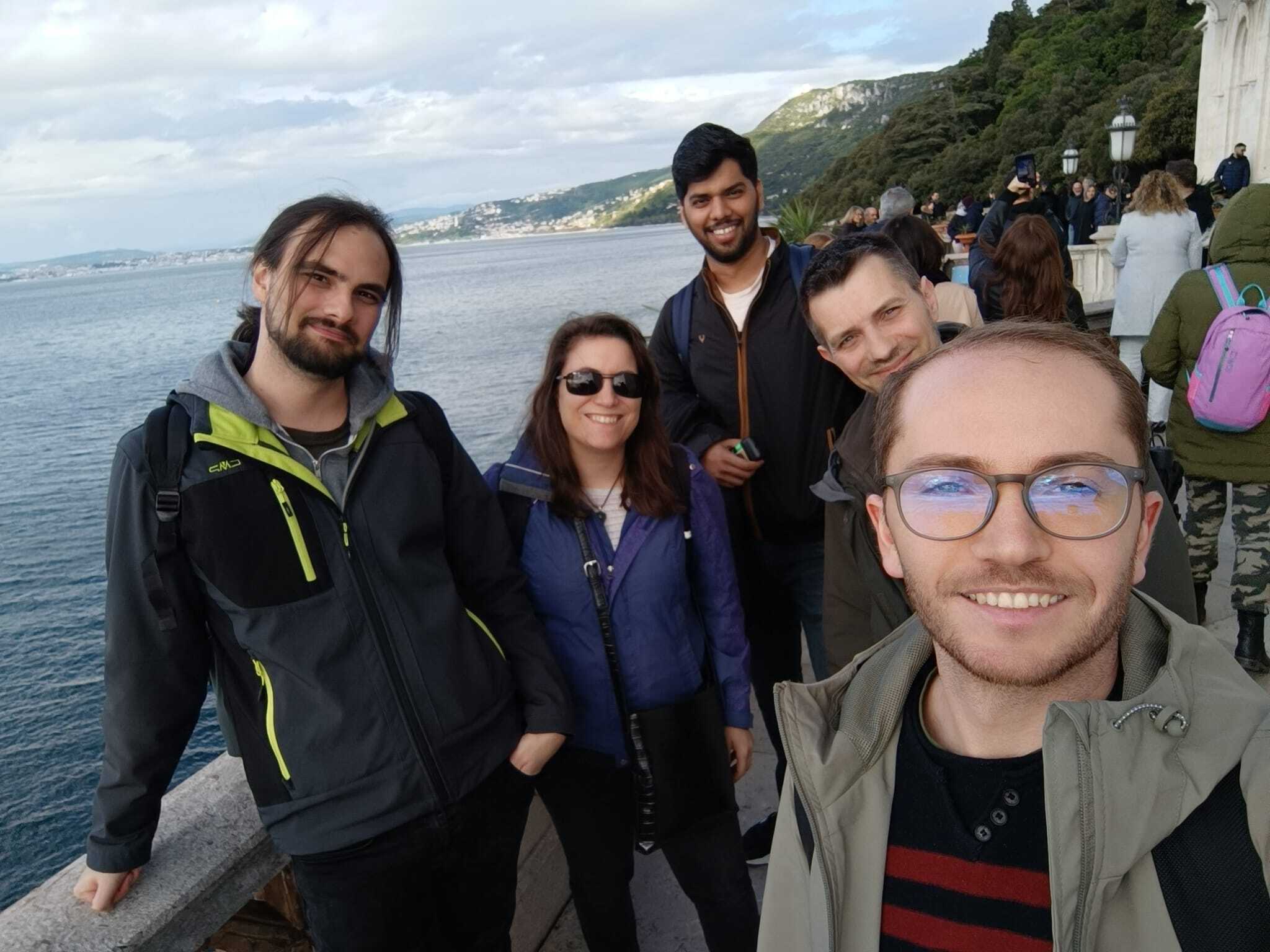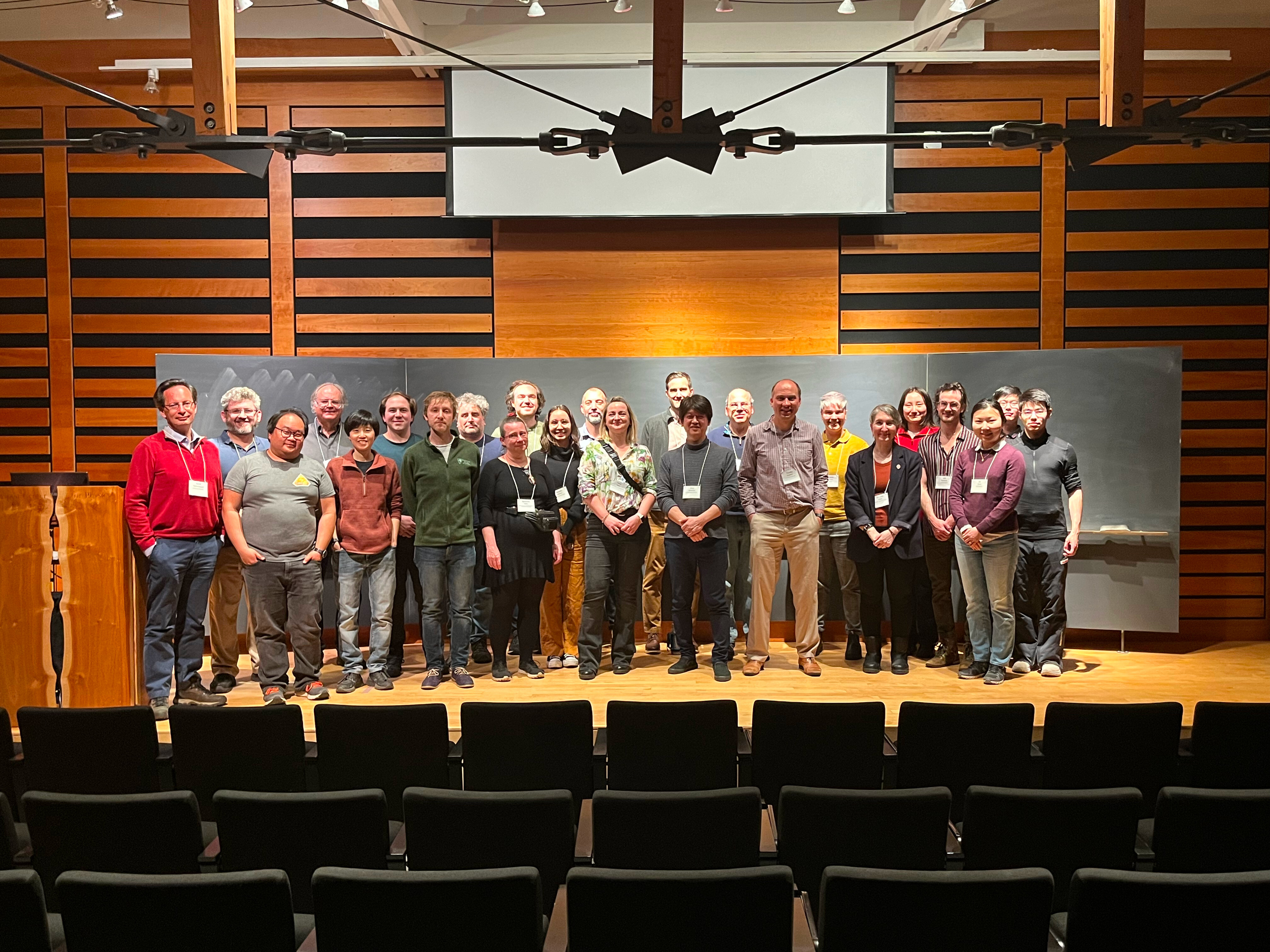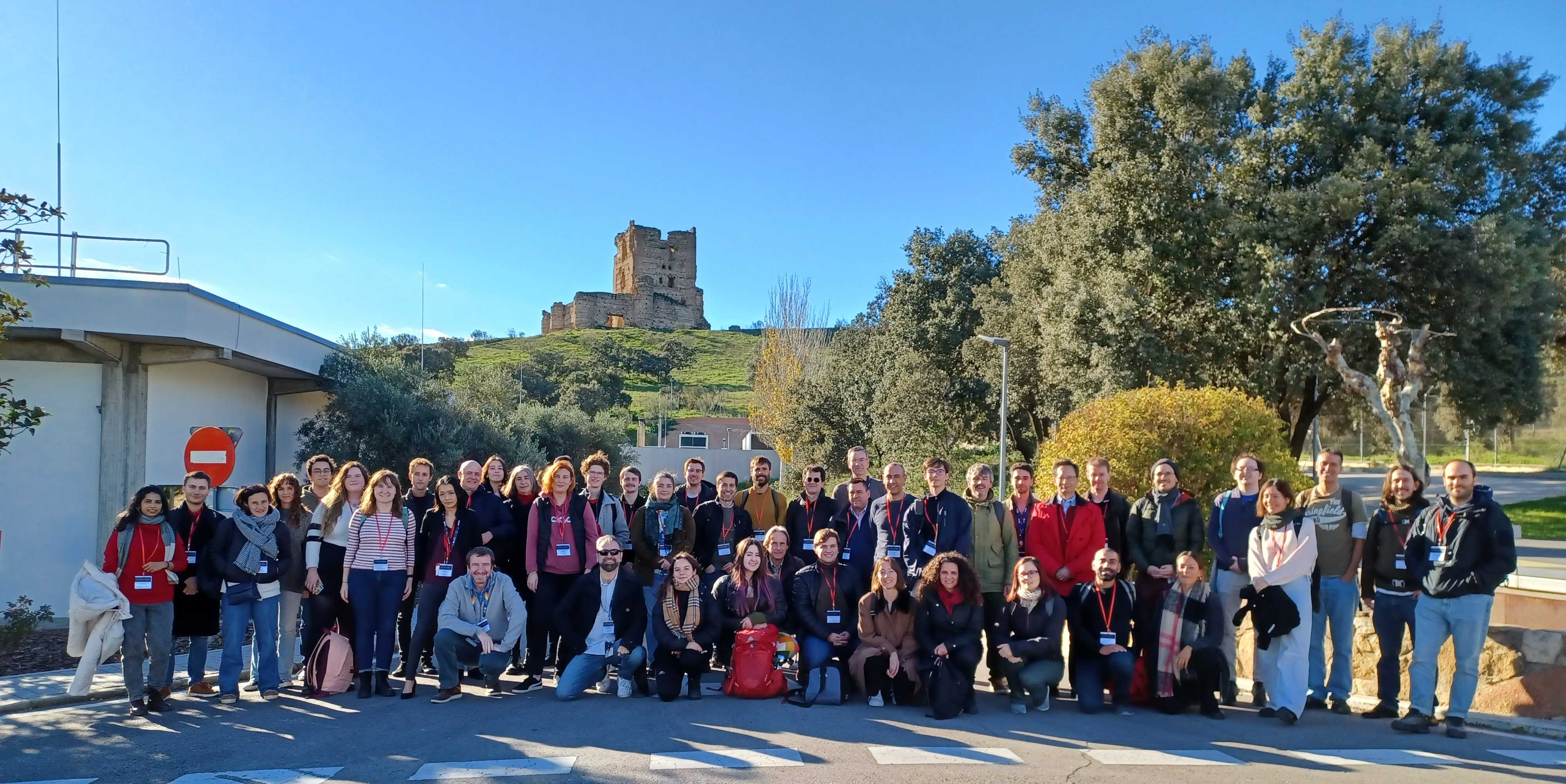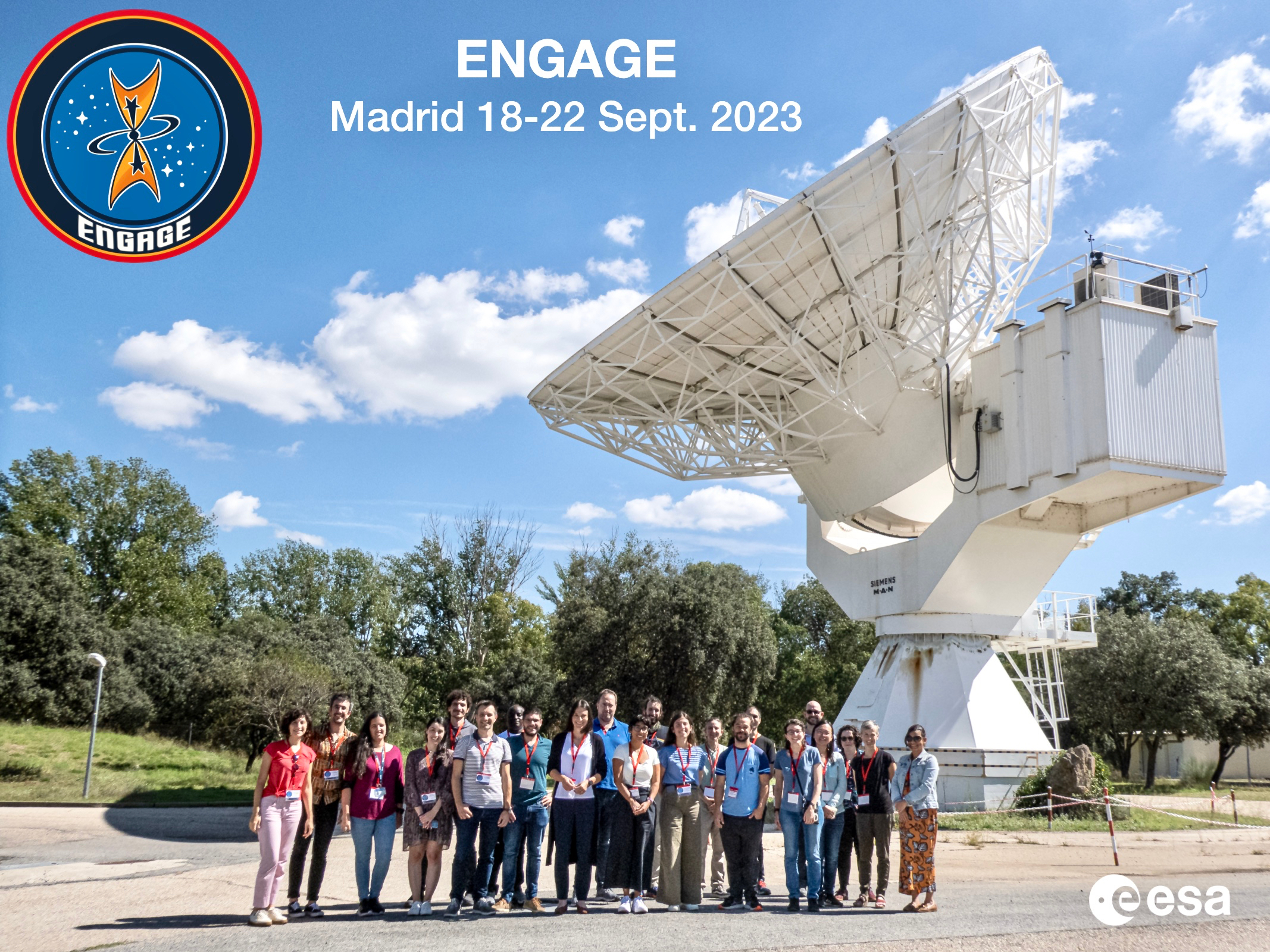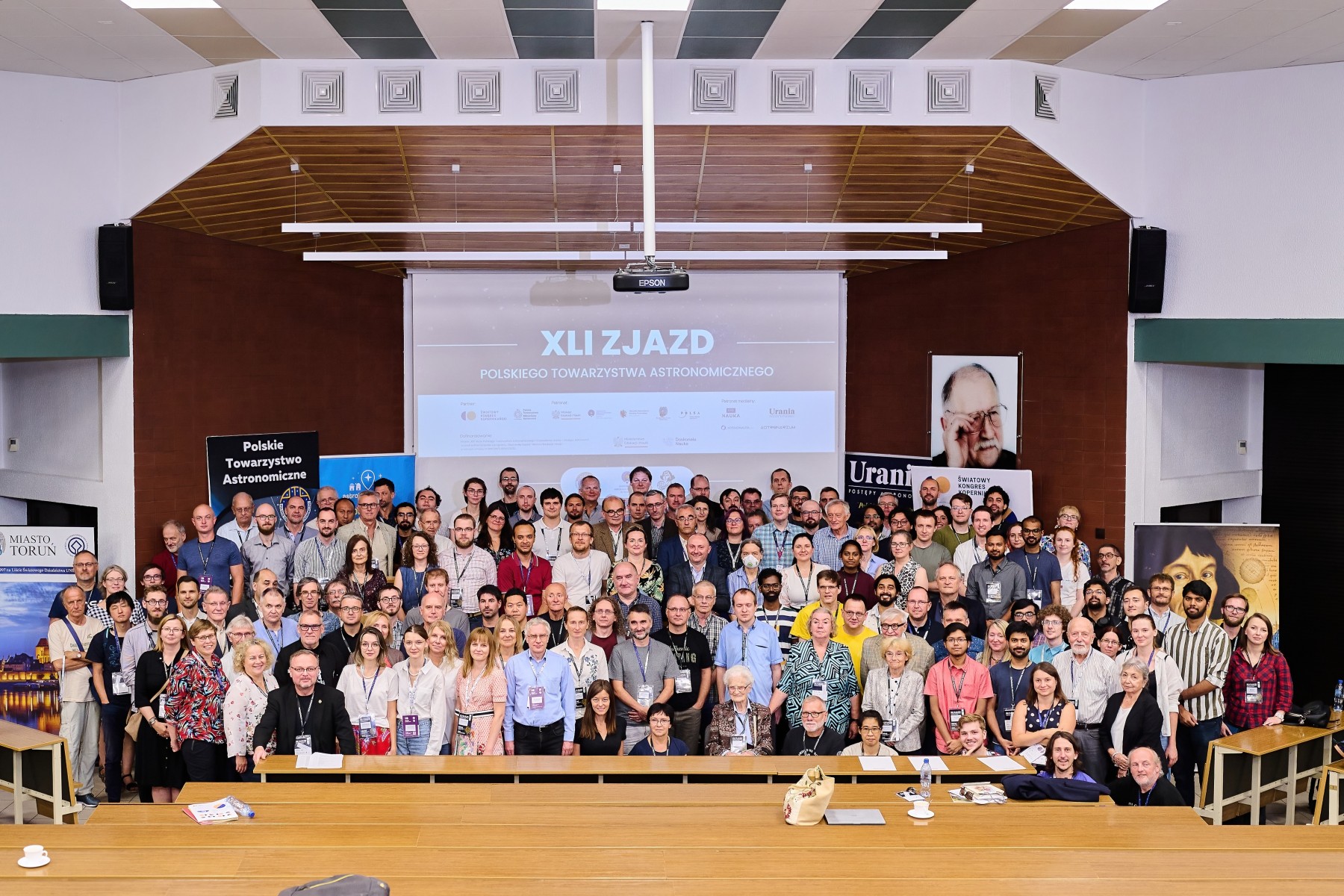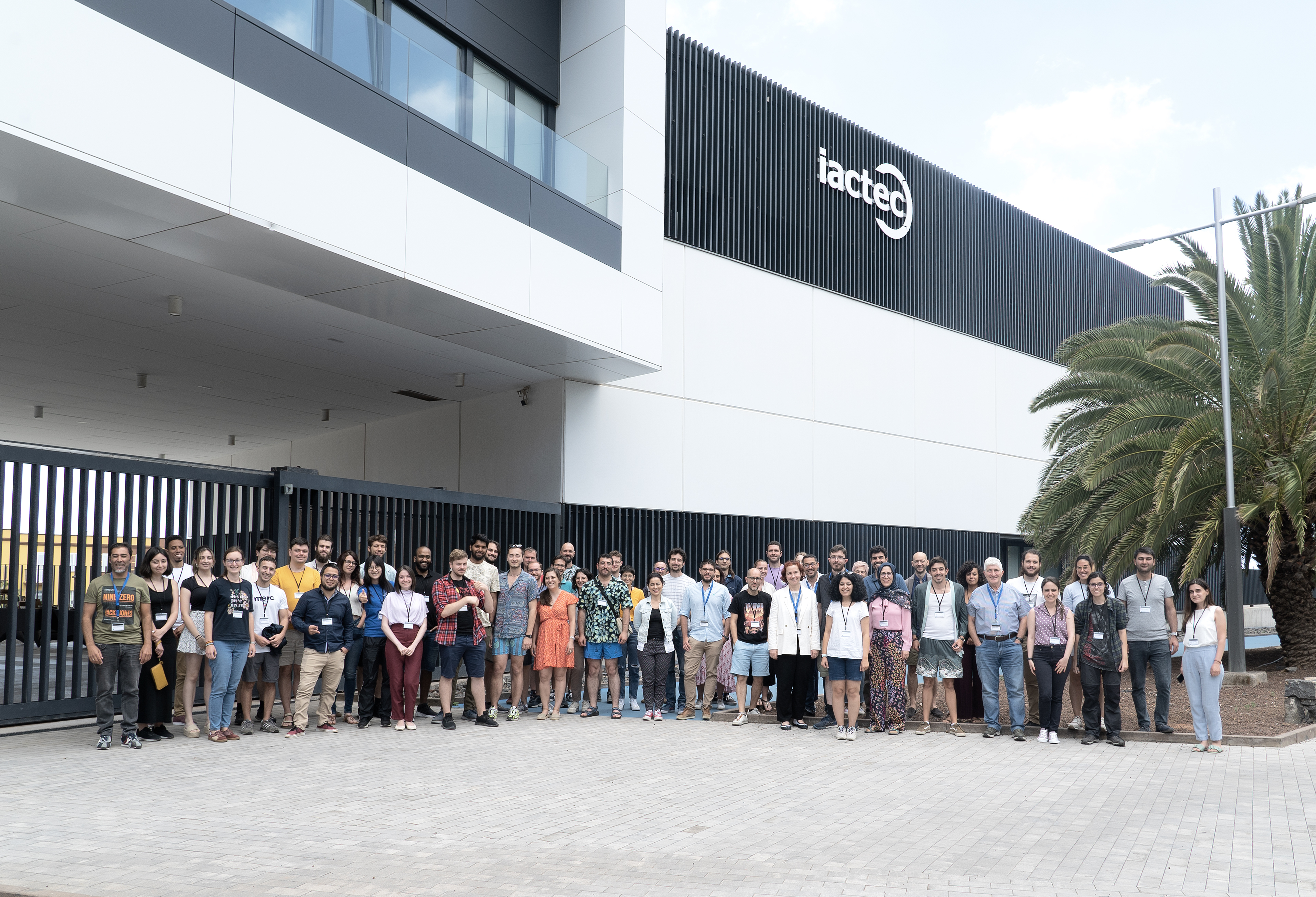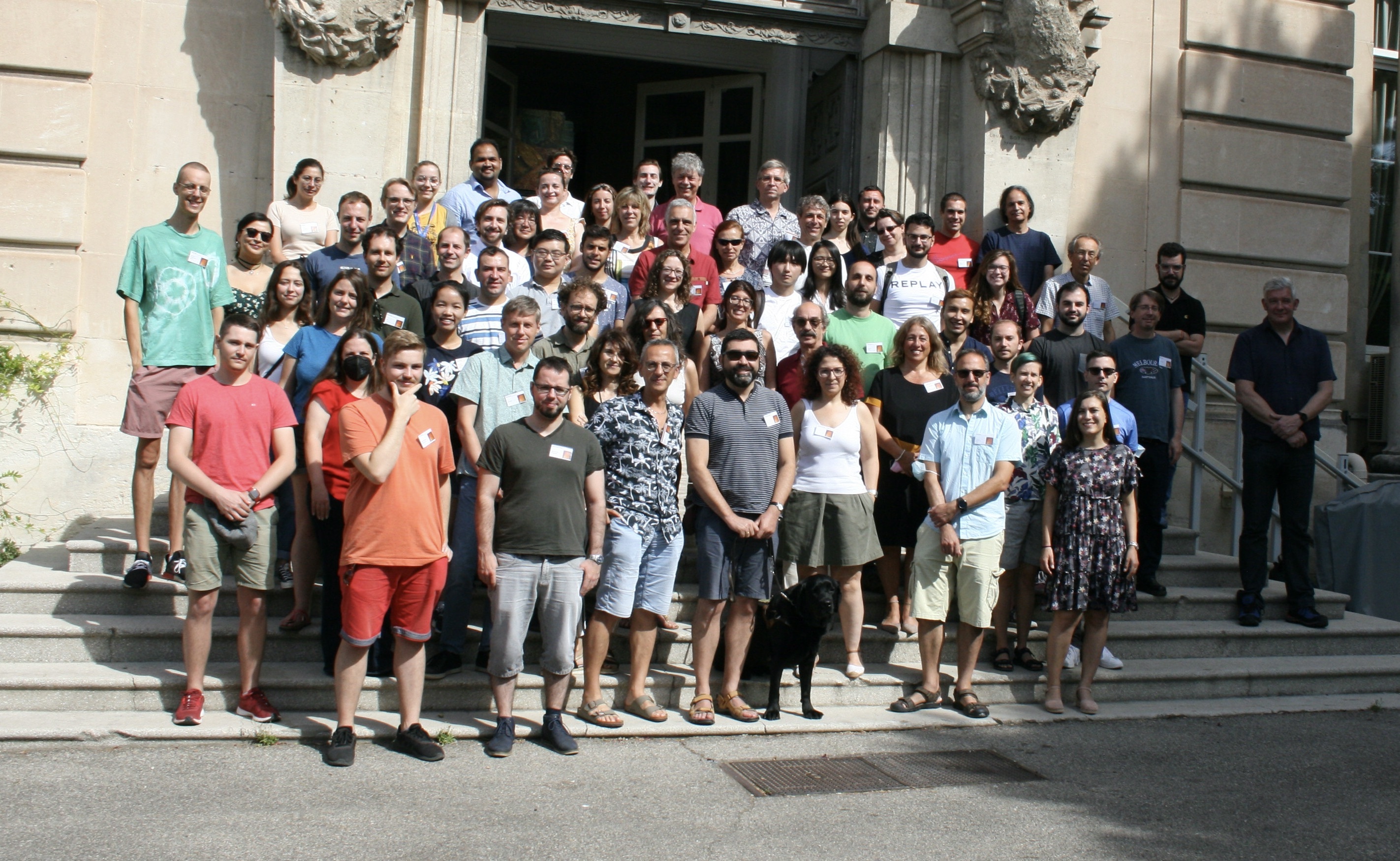Our Research
The fourth division (BP4) of The Fundamental Research Department (Departament Badań Podstawowych) deals with research in astrophysics and astronomy, mainly their observational aspects. The BP4 division is located in Warsaw at 7 Pasteura street.
The research conducted at the Astrophysics Laboratory includes:
- Cosmology: CMB, large structures of the Universe, dark matter, non-standard cosmology and gravitational lensing
- Gravitational waves: Multi-messenger astronomy, new tools for cosmology
- Physics of galaxies: Formation and evolution of galaxies, AGN, quasars and gamma-ray burst
- Interstellar medium: Star formation, neutron stars and white dwarfs
The BP4 division is also involved in several international projects. Check our Scientific Projects page for more information.
Seminars
Upcoming seminars for all of NCBJ can be found here.
The seminar archive for NCBJ can be found here.
Latest News
Scroll down for the latest news about the research done by our division or click here.
Conference Participation
BP4 participate in may national and intersectional conferences. We share our cutting edge research and enthusiasm with other astronomers across the world. Below are pictures from our trips across the globe.
Latest News

The largest 3D map of the Universe as it was 7 billion years ago
An international team of astronomers (composed also of some Polish scientists) running the VIPERS (VIMOS Public Extragalactic Redshift Survey) project has just presented the largest 3D map of the Universe as it was 7 billion years ago, and made available the data, on which the map was based.
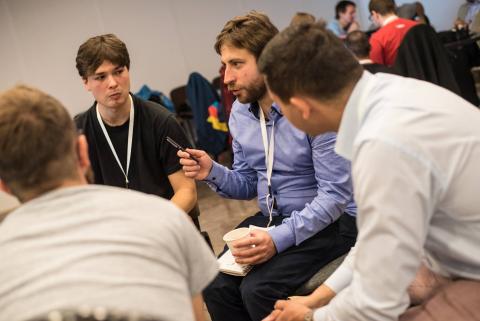
NCBJ researchers in a programming contest organized by Ministry of Digital Affairs
17 teams participated in Hackathon, a programing contest organized for the first time by Ministry of Digital Affairs on premises of National Library in Warsaw. 90 contest runners included 2 astrophysicist from NCBJ: Adam Zadrożny and Arkadiusz Ćwiek. Contest runners’ task was to develop software applications designed to facilitate everyday life of ordinary people by making use of data openly published by various institutions in the Internet.
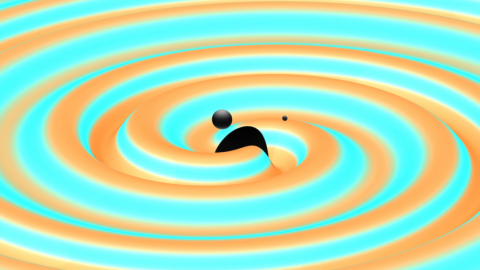
Gravitational waves detected from second pair of colliding black holes
On December 26, 2015 at 03:38:53 UTC the LIGO Scientific Collaboration and the Virgo collaboration observed gravitational waves – ripples in the fabric of spacetime – for the second time. The gravitational waves were detected by both of the twin Laser Interferometer Gravitational-Wave Observatory (LIGO) detectors, located in Livingston, Louisiana, and Hanford, Washington, USA.
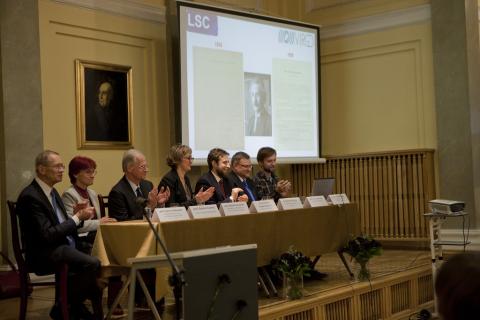
Gravitational waves discovered 100 years after Einstein had predicted them
For the first time in history scientists have observed some “wrinkles” on the spacetime “fabric”. These gravitational waves have arrived to Earth from a distant point in the Universe where some catastrophic event had taken place. The observation has confirmed one of the most profound consequences of the General Theory of Relativity proposed by Einstein in 1915 and has opened up quite new perspectives in research on the Universe.
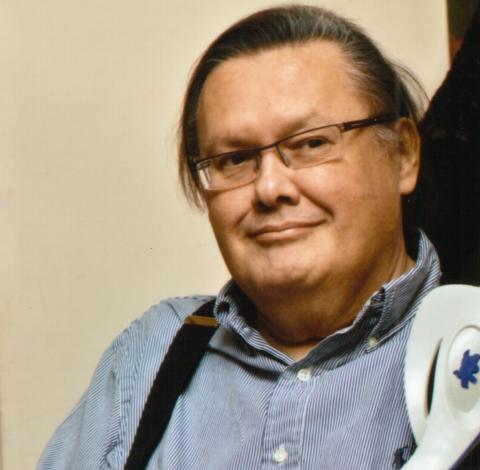
NON-LINEAR UNIVERSE - Roman Juszkiewicz 1st Symposium
70 cosmology researchers from the entire world – among them some world-famous scientists – are going to attend Symposium to be held between August 24-28 in Warsaw in commemoration of the most famous Polish cosmologist – late Professor Roman Juszkiewicz.
